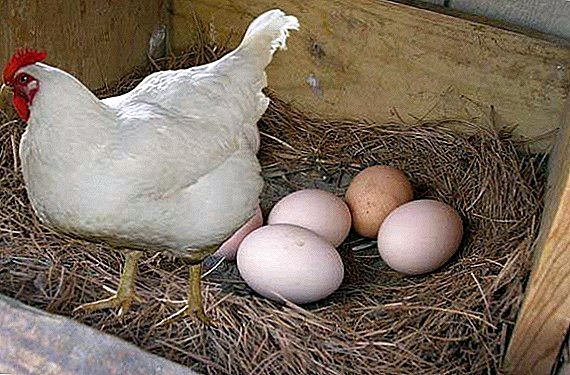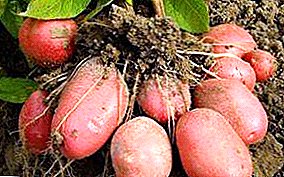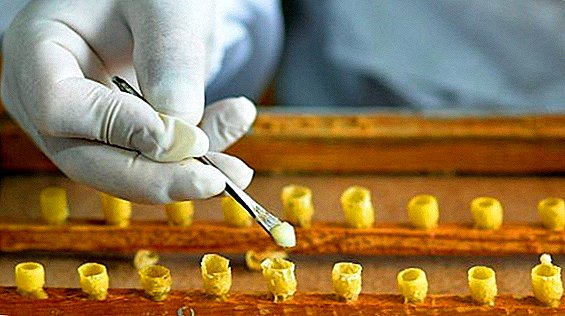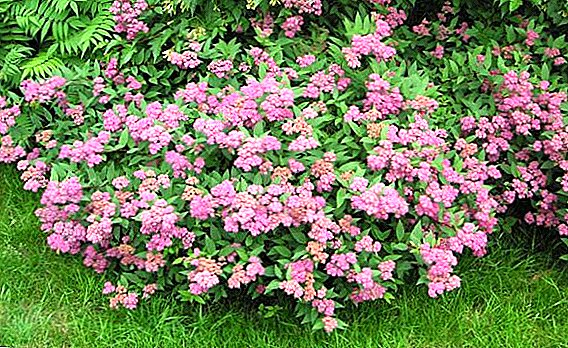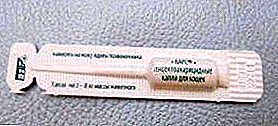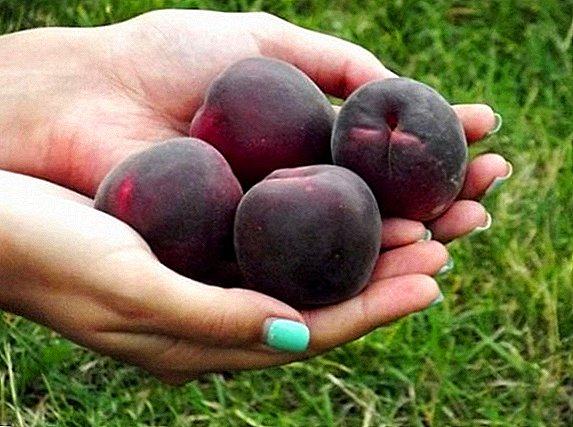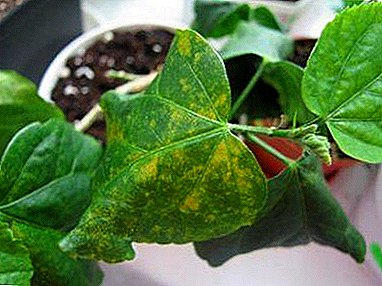
Hibiscus - a popular plant that can give its owner a cause for concern. In general, hibiscus can be attributed to not fastidious in content and sufficiently resistant to pests of houseplants.
If the flower is still overpowered by illnesses, saving it with the help of special methods is quite a feasible task for any gardener.
Stunted, spots on the leaves indicate that hibiscus suffers from diseases. In this article, we consider the main types of diseases of the leaves of the gibicus, analyze each type of the disease, and also learn how to properly treat them.
What are the diseases on the photo and what to do?
Sticky drops
Sometimes, hibiscus can secrete drops on its own and this is not a pathology, but the localization of these secretions should be at the junction of the stem with the leaf.
In other cases, the appearance of sticky plaque indicates the defeat of the plant by pests: aphid or shield. And if the aphids can be seen with the naked eye, then the shield shows its presence only by sticky secretions.
Important! An additional symptom of the appearance of these juice-sucking parasites on hibiscus is yellowing and falling leaves.
To help the flower, you need to arrange a shower for him. At the same time, it is necessary to close the soil with a waterproof film to prevent washed pests from entering it. Then hibiscus need to be dried and treated with an insecticidal drug, according to the instructions.

Stains
The appearance of small, yellow, watery specks indicates the defeat of hibiscus bacterial spot. The shape of the spots is irregularly angular, and on their edge there is a light green or yellow rim. Cause this disease bacteria and treatment should be carried out with the use of antifungal drugs.
Also, the manifestations of bacterial lesions can be the so-called bacterial burns. The spots in these cases are quite extensive, shapeless, black. The treatment is also carried out with antifungal drugs, late assistance to hibiscus will lead to his death.

Opal sheet plates
The cause of this symptom may be:
- Inadequate, or, on the contrary, excessive watering.
- Air temperature is too high or low.
- Lack of lighting.
- Drafts.
Also Hibiscus can shed its leaves due to a spider mite, or due to excess nutrients in the soil. In the first case, treatment with insecticides will be required, in the second case it is necessary to adjust the composition of the soil.

White bloom
The plant is affected by powdery mealybug or powdery mildew:
- In the first case - it is a pest.
- In the second - a fungal disease.
The products of the life of the mealybug are visually look like lumps of cotton wool on leaves and stems, the treatment consists in washing the plant and treating it with insecticidal preparations.
For the treatment of powdery mildew, which creates a visual effect of flour flush with the leaves, antifungal agents are used.

Black dots
A disease with this symptom is called dropsy. Black spots appear from a combination of overwetting and cold. It is possible to correct this defect by restoring conditions of detention acceptable to hibiscus.

Leaf plates drooped
If the plant has lowered leaves, it either lacks moisture, or it is heavily over-moistened. Sometimes this symptom may occur at high temperatures. Adjusting the conditions of detention will help to get rid of hibiscus from indisposition.

Chlorosis
This is a disease in which the chlorophyll formation process is disturbed in a plant and photosynthesis is reduced. The main symptoms of the disease are yellowing and leaf fall.
Chlorosis can be of two types - infectious and non-infectious. The most common non-infectious form. The cause lies in the wrong composition of the soil - an excess or insufficient amount of nitrogen, potassium, iron and magnesium.
The symptoms of the disease are as follows:
- with a lack of iron, the leaves turn yellow and fall;
- potassium deficiency causes thinning of branches, lack of flowering or pale color of flowers;
- a lack of magnesium or nitrogen appears as yellow or white spots on the leaves.
The causative agents of infectious chlorosis are fungal microorganisms and viruses. Symptoms accompanying the disease:
- yellowing and leaf fall;
- general weakness of the plant;
- lack of flowering.
How to treat chlorosis? For the treatment of non-infectious chlorosis, it is necessary to bring the soil composition to the optimum condition for hibiscus.
Infectious chlorosis is best prevented by preventing contact of the flower with diseased plants.
As for the treatment, the best solution would be to transplant the previously washed plant into a new, disinfected container with fresh soil. Also effective will be special drugs designed to treat infections.

Twisting
Observed with the defeat of hibiscus fungi of the genus Verticillus, or Fusarium. After the leaves curl, they die off and the plant has only the tip. After all the leaves are damaged, the trunk will dry out quickly and the flower will die. For treatment, you must use antifungal drugs.

A well-timed indisposition of a pet, hibiscus, will help prevent critical states and prevent bitter disappointment from the death of a flower.


